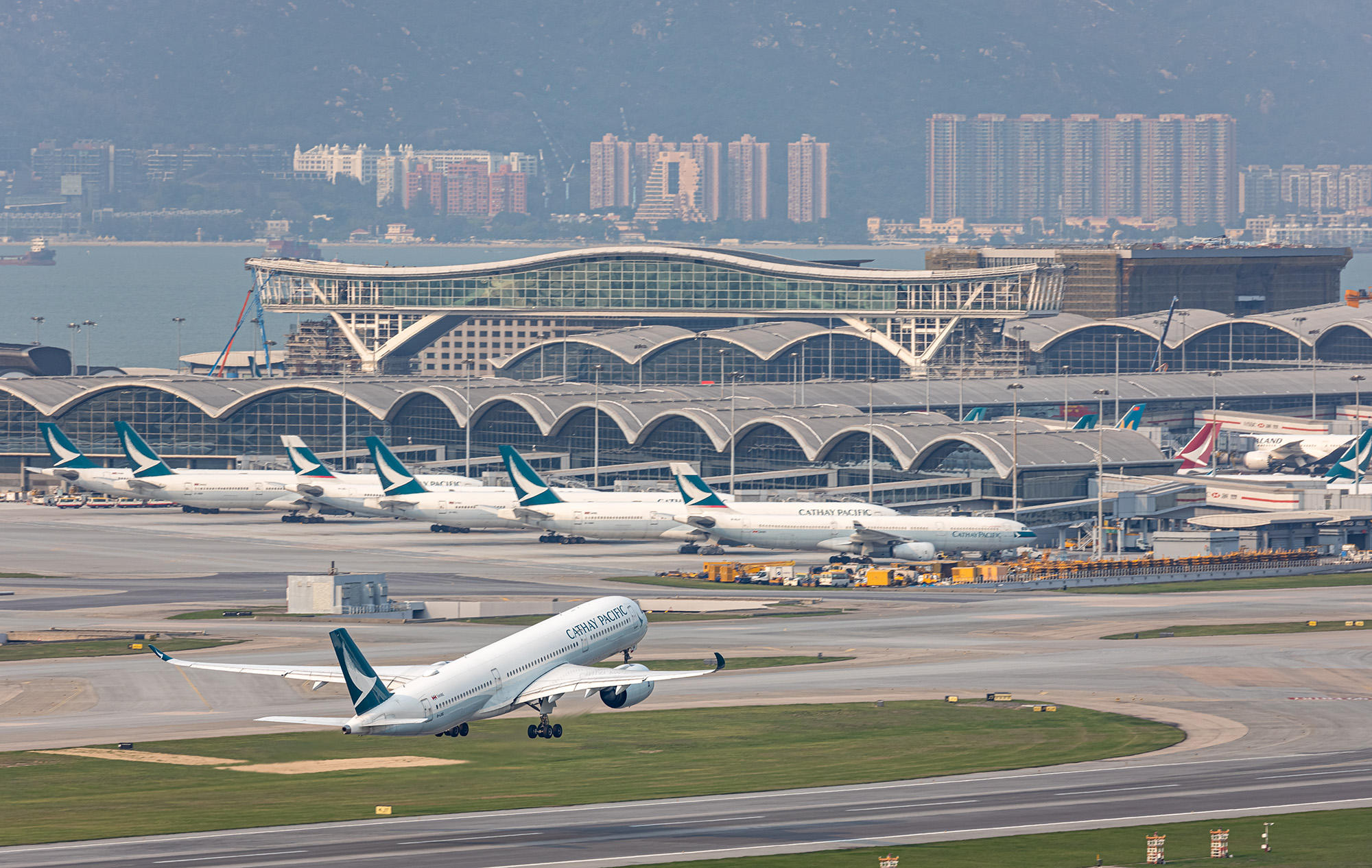
Shards of light are beginning to peep through the cloudy and volatile air freight market. It contracted severely during January and February, triggering IATA to almost halve its growth forecast for the year from 3.7 per cent to 2 per cent. IATA noted that Asia, an industry trend-setter, saw a ‘pattern of weakness’, while adding that globalisation has ‘paused’ after soaring for the past two decades as China integrated into the world economy.
Part of the softening market demand was attributed to rising protectionism along with weak trade, rather than weak economies. As a result, China has eased its monetary policy, and March saw an 8.5 per cent rise in industrial production in the country, while retail sales grew 8.7 per cent. And after a depressed January, the PMI (Purchasing Managers’ Index) also saw growth – prompting optimists to suggest that the bottom of the cycle has passed. Meanwhile, e-commerce continues to thrive.
But the air freight market remains difficult to predict in the short term. Forwarders and shippers spread volumes relatively evenly throughout 2018. This year, it appears many are saving contracted space agreements and charter bookings until the second half, when more capacity is expected. But despite a dampened first quarter, average rates have in fact been higher than last year – just more erratic. Analysts predict continued volatility in the second quarter with a bump in rates in China-Europe in July and August, while China-US will see a rise in September.
Alex Lennane is Publisher of the theloadstar.com








